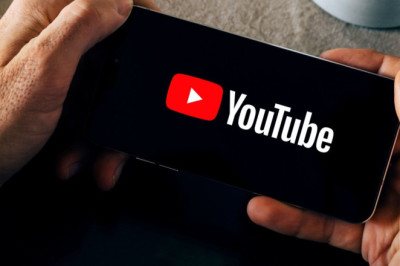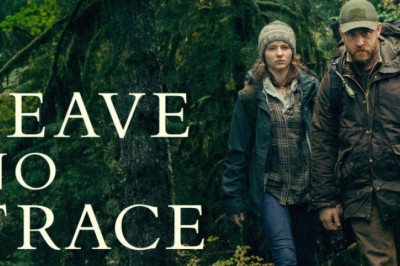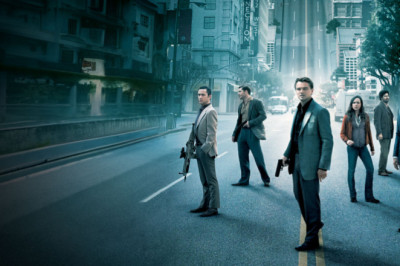The Hidden History of Film Censorship and Banned Movies
views
Film Censorship: Cinema's Invisible Wall
Film censorship is one of the most debated and multifaceted issues in the history of cinema. Films are not only judged by their storylines but by what they are allowed to say — or not say. The tension between freedom of expression and societal, political, or moral norms has long shaped what we see on screen.
From moral outrage to political control, censorship has been used as a tool to shape public opinion, protect established systems, and maintain the status quo. This article takes a closer look at the roots, rationale, and cultural impact of film censorship around the world.
Early Restrictions: Where It All Began
In the early 20th century, as cinema emerged as a powerful medium, governments and religious institutions began worrying about its influence on public morals and social order. In the U.S., the Hays Code (1934–1968) regulated everything from sexuality to religion to crime, strictly limiting what could be shown in American films.
Europe had its own controls: under Nazi Germany and Soviet Russia, censorship was an overt form of propaganda, with all opposing voices suppressed. Films were expected to promote loyalty to the regime.
In the U.K., Canada, and even democratic countries, local film boards would often cut scenes or ban films deemed too explicit, political, or controversial.
Banned Films That Became Icons
Ironically, some of the most censored films became the most discussed, watched, and respected. Here's a look at a few notable examples:
-
A Clockwork Orange (1971) – Banned in the U.K. for years due to graphic violence and moral controversy.
-
Salo: 120 Days of Sodom (1975) – Pasolini's disturbing critique of fascism was banned in multiple countries.
-
The Last Temptation of Christ (1988) – Faced worldwide religious backlash and was banned in several nations.
-
Nymphomaniac (2013) – Lars von Trier's explicit film was restricted or edited in various territories.
These films not only challenged the system but have since become part of global film history, often studied for their artistic, political, or cultural value.
Why Films Get Censored
Censorship typically stems from three core motivations:
-
Moral Protection – Sex, nudity, profanity, or "immoral behavior" is often cited as potentially harmful, especially to younger viewers.
-
Political Control – Content critical of governments, ideologies, or national values may be suppressed to avoid unrest or dissent.
-
Religious Sensitivities – Depictions of religious figures or themes deemed offensive can lead to bans or edits.
But beneath these reasons lies a deeper force: power and control. Censorship isn't just about protecting; it's often about directing public perception.
Censorship in the Digital Age
Today, censorship hasn’t vanished — it’s just changed forms. Streaming platforms like Netflix, Amazon Prime, and Disney+ operate globally, but must adapt to local laws. This results in different versions of the same content in different countries.
Moreover, platforms can apply content restrictions based on internal policies, viewer reports, or regional partnerships. Algorithms also affect what gets recommended or buried, introducing a more subtle but equally powerful form of invisible censorship.
On the upside, digital distribution also allows independent filmmakers to bypass traditional gatekeepers and publish more freely than ever before.
Public Backlash and Artistic Resistance
Censorship is rarely uncontested. Artists, activists, and audiences often push back through legal battles, social media campaigns, or festival boycotts. Films removed from platforms or denied screenings have sometimes gained cult followings or sparked international debate.
For example, when a documentary is pulled from a festival lineup, it's not unusual for other filmmakers to withdraw in protest, standing in solidarity for artistic freedom.
These actions remind us that cinema isn’t just entertainment — it’s a cultural battleground.
FAQs
1. Is film censorship still active in the U.S.?
Yes, while the Hays Code is gone, the MPAA rating system still influences how films are released and advertised. Platform-specific guidelines also apply.
2. Can streaming services censor content?
Yes. Platforms may edit, restrict, or geo-block content based on regional laws or internal policies.
3. Why do banned films often gain cult status?
Because the controversy generates curiosity. People want to see what was "too much" for censors — often leading to a lasting legacy.













Yorumlar
0 comment